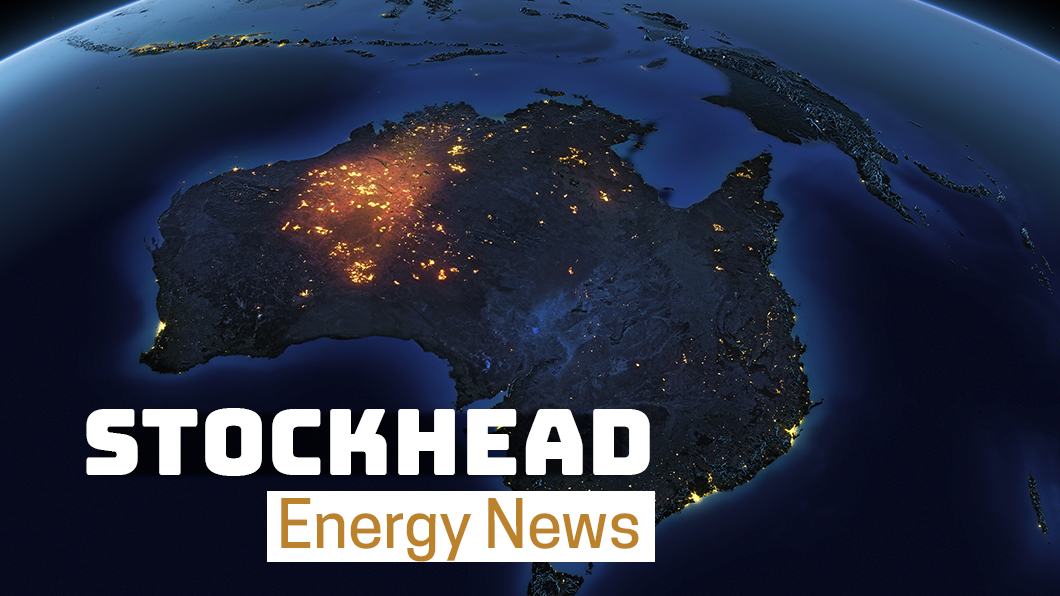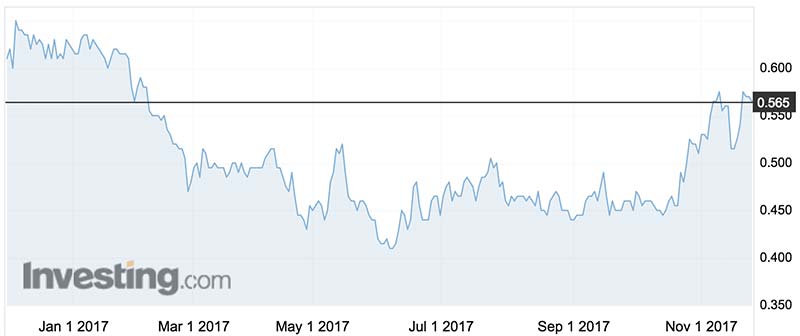Small oil sector stirs in wake of prolific AWE discovery

Pic: Matthias Kulka / The Image Bank via Getty Images
If you missed AWE’s 42 per cent share price rise over the past four months don’t feel too bad.
Very few investors have kept a watch on small oil and gas stocks — something that’s starting to change.
For more than three years oil has been the commodity that no-one wants to talk about thanks to its spectacular fall in mid-2014 caused by a global oil glut after the return of the US as a major oil producer.
From around $US110 a barrel in June of that year oil plunged to less than $US40/bbl by early last year, triggering emergency production cuts by the world’s biggest oil exporters — a reaction that is only now starting to deliver a price recovery.
AWE, which once traded as Australian World Exploration, was among the victims of the oil-price crash, suffering an 80 per cent price slump from $1.97 in mid-2014 to 33c early last year.

Investors, burned by oil, are wary, partly because they fear a repetition of the crash and also because it has become more fashionable to consider battery metals as a successor to oil — a misguided view best shown in the nickname for lithium; “white petroleum”.
Anyone living in Australia’s south-east corner should know by now that battery metals will not fully replace oil and gas for a very long time, if ever. If you don’t believe that, consider the sharp price increases being forced on consumers by a regional gas shortage.
AWE is exposed to the east coast energy market through gas assets in the Bass and Otway Basins in waters off Victoria. But what’s driving the stock today is a company-reviving gas discovery on the west coast.
The Waitsia gas field started as a relatively minor success for AWE, but last week it blossomed into something more significant with a record gas flow while testing the Waitsia No.4 well.
It’s been so long since a conventional gas discovery made news that only a handful of followers understood the significance of a gas flow of 90 million cubic feet a day — one of the most prolific ever recorded from an onshore gas well in Australia.
Significant discovery
Coupled with a fresh reserve estimate for Waitsia a week earlier of 811 petajoules (up 78 per cent on the previous estimate) and it is becoming clear that AWE has done what few Australian oil and gas companies have done in recent year; made a significant discovery.
Unfortunately for gas-hungry consumers in Sydney and Melbourne, the Waitsia discovery is of no use to them. But it is a boost to Perth’s already abundant supplies of gas from old fields close to Waitsia and the prolific gasfields in offshore waters further north.
There are three important lessons for investors in the Waitsia discovery. The first applies specifically to AWE, the second applies to the wider oil and gas sector, and the third lies in the significant difference between conventional gas and the more difficult coal-seam and shale-gas which underpins Queensland’s liquefied natural gas export industry.
With AWE, the Waitsia gas discovery is in a location which has been a significant source of gas for some time (starting with the Dongara field in the 1960s). It will be simple to develop thanks to its onshore location and easy access to several passing gas pipelines.
The only important questions are the development cost, which should not be high because everything about Waitsia is conventional, and the price at which the gas can be sold, which might not be as high as hoped because the west coast gas market is well supplied.
Investment banks have mixed views on Waitsia and AWE though the latest analyst reports are more positive than those of a few weeks ago when the size and flow rates were less well understood.
Credit Suisse is the latest to upgrade AWE to a buy recommendation with a 12-month price target for the stock of 65c, up a modest 8c on its latest price, but double where it was at the start of last year.
Recovering from the sin bin
The second lesson from Waitsia is that oil and gas, after three years in the investment world’s equivalent of the sin bin, is staging a recovery and it might be time to dust off your files on the wider sector.
At $US63/bbl the price of Brent-quality crude oil has effectively doubled from its low point, which is encouraging. Adding to the overall picture is a dramatic slide in oil-sector costs which, it might be argued, makes $US60/bbl today the equivalent of $US80/bbl of a few years ago.
Deal flow at the top end of the oil patch is another pointer to the return of oil with the most interesting move so far being the creation of a significant oil and gas division in the Seven Group which is best known as a media and industrial equipment business controlled by Kerry Stokes.
Always a man to sniff a sea-change in a market Stokes has turned Beach Energy from a small Adelaide-based oil and gas producer into a stock knocking on the door of Australia’s top 100 ASX-listed companies.
The third lesson from Waitsia can be found in the nature of the gasfield, conventional, which means the gas is flowing freely and in large quantities, unlike coal-seam gas which has been compared with the challenge of sucking gas to the surface through a straw.
As the oil-price recovery continues, and three-years of restricted exploration limits new projects, the stage has been set for an interesting (and overdue) revival in Australia’s once buoyant small-to-medium oil and gas sector.
This article does not constitute financial product advice. You should consider obtaining independent advice before making any financial decisions.
UNLOCK INSIGHTS
Discover the untold stories of emerging ASX stocks.
Daily news and expert analysis, it's free to subscribe.
By proceeding, you confirm you understand that we handle personal information in accordance with our Privacy Policy.








